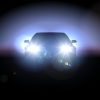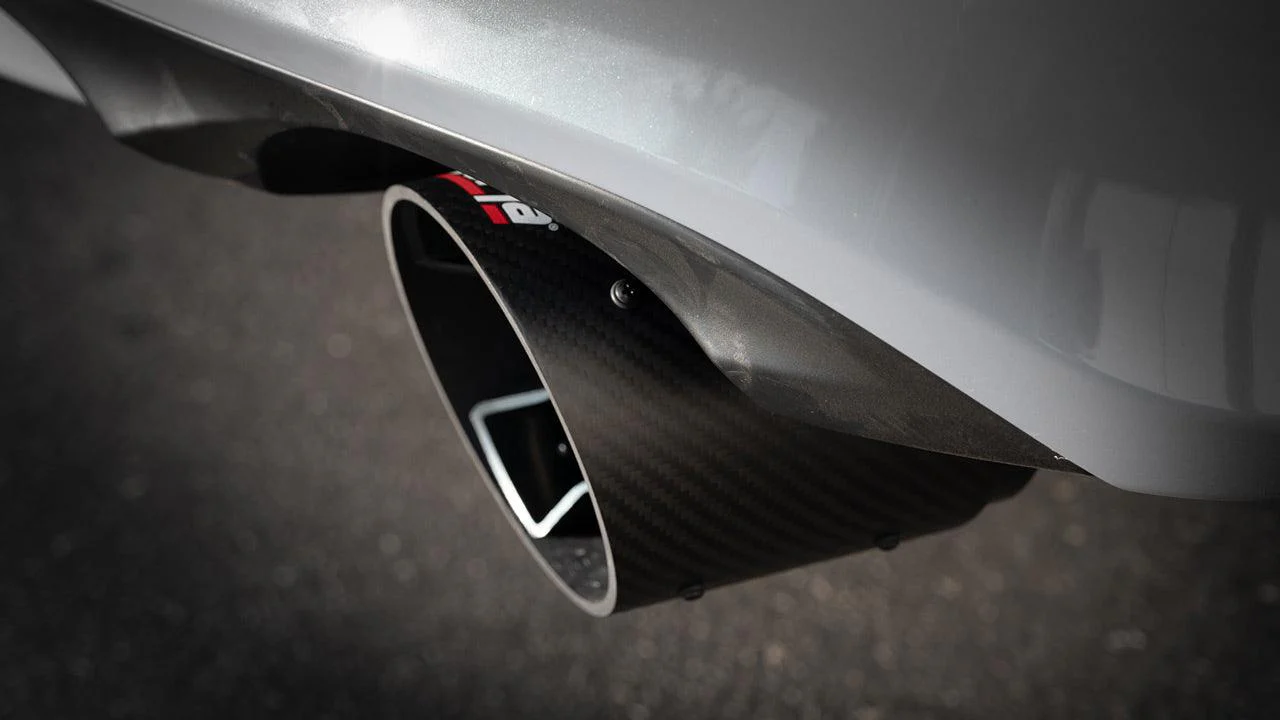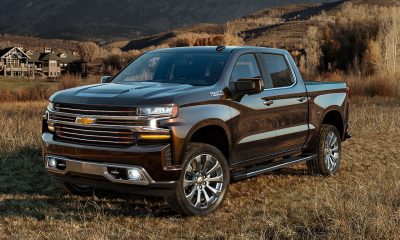Automotive
Exploring the Benefits of Heads-Up Displays
Head-up displays have been around for decades, and they’re a common feature in newer cars today, either as part of the standard kit or as an optional extra. They beam vital trip info onto a pop-up screen or project it directly onto the windscreen, so your eyes remain constantly on the road ahead. If you’re wondering about the different types and why you want one, you’ve come to the right place.
Basics of Head-Up Displays
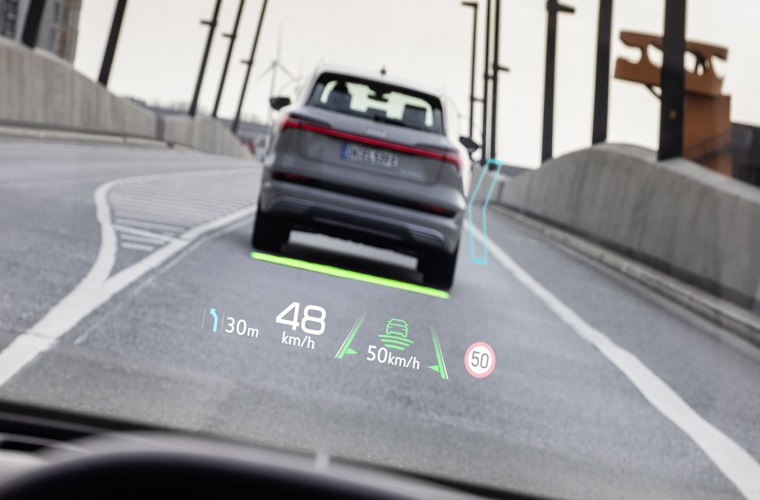
Simply referred to as HUD, this innovative tech pairs safety and convenience in one neat package. It displays real-time data, such as speed, traffic alerts, navigation directions and more on the windscreen or on a transparent screen and in the line of sight. Essentially, drivers will have their heads up all the time, and won’t have to glance at console screens, instrument clusters, or gauges. In short, the device minimises distractions while still providing all the info you need in one place.
Factory units offer a berth of info, and tons of customisation options, ranging from colours and brightness, and what’s actually displayed. These though tend to get pricey and aren’t seen as a necessity by many drivers. But if you want to know how fast you’re going, at what temperature the air-conditioning is set, or where the nearest exit is, without having to glance down, an aftermarket GPS heads-up display does the job just as well. It has most if not all of the features of full-on car brand systems, just without the high price tag.
Types of HUDs
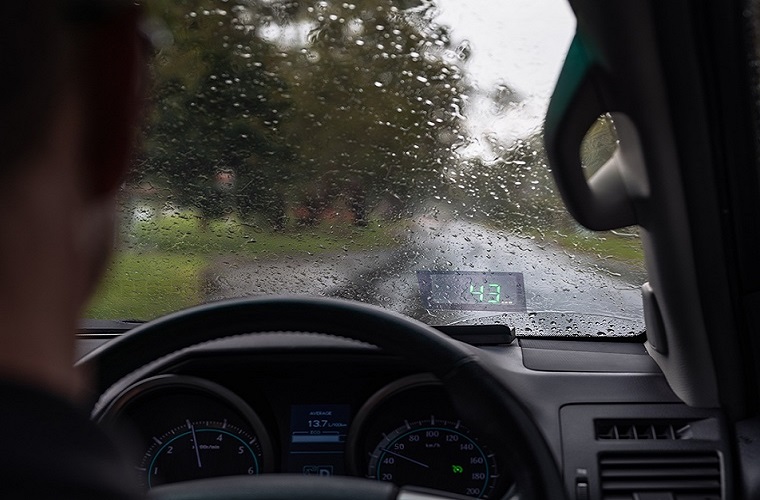
Displays differ in how they project data and the way they’re wired. Most factory variants are of the windscreen type, with a virtual image projected directly on the windscreen. These are hard-wired to the ignition or OBDII port. Newer systems are based around laser-projected light and benefit from consistent and precision lighting with minimal bleed.
Older HUDs are of the reflection type and often rely on secondary screens just in front of the windscreen. They reflect an image onto the screen from a display below. This tends to be less precise and can at times be hard to read. Similar are smartphone-based HUDs that rely on apps and the phone’s GPS to display trip vitals such as current speed or navigation.
In terms of how they’re powered, a standalone and hardwired GPS HUD system uses GPS coordinates in real-time to calculate things like speed, and elapsed or remaining trip time, while also being equipped with a basic compass function and speeding alerts. This is wired directly to the car’s ignition source. OBD2 types gather info via the OBD2 port directly from the car’s ECU, so can also display engine data such as coolant temperature, RPMs, and voltage. Both are reliable and functional aftermarket add-ons, that are also cheap to buy and easy to install. If your car is missing a HUD, even as an option, then these two types are ones to consider.
What’s On Display?
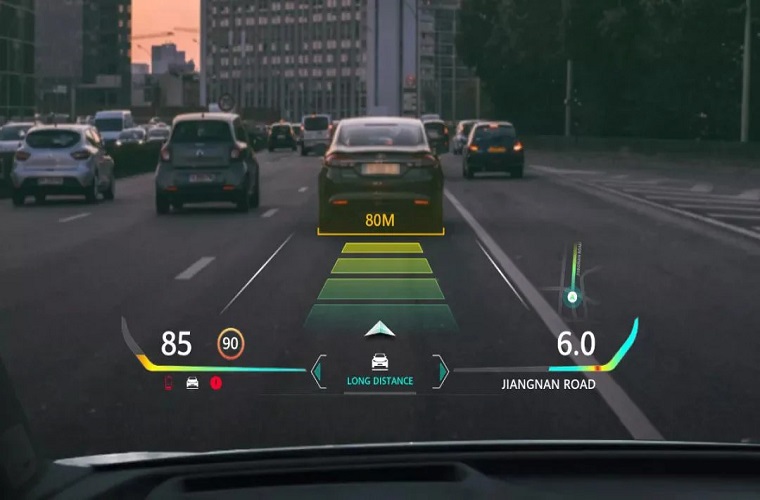
Depending on the make and model you go for, a HUD can display different info. Here’s what’s on offer:
- Speedometer – All head-up displays show the current speed you’re going at. This is convenient since you don’t need to look down at gauges. Most units also have an ‘over-speed’ alert to warn when you’re going too fast.
- Navigation – Turn-by-turn directions are a convenience most drivers can’t do without, and having this in the line of sight is both safer and more practical.
- Traffic Alerts – GPS and connected systems use real-time traffic data to warn of bottlenecks, accidents, road works and similar occurrences, so you can take a different route and reach your destination faster.
- Engine Data – Units that are hardwired to the OBDII port can show fuel use, remaining fuel and distance, engine speeds and temperature, battery voltage, as well as any surprises, like overheating or faults. Alerts are a standard feature here and can help by preventing expensive repair costs.
- Safety Warnings – Both factory and aftermarket GPS heads up display units are known to relay things like abrupt lane departure, forward collision, and blind-spot warnings. Most also have fatigue warning alerts, so quite a complete safety pack.
- Media and Infotainment – Getting text messages, incoming calls, and basic data on what’s playing on the infotainment system is something more expensive HUDs do extremely well without causing distractions.
Why Have a HUD?
The main benefit of HUDs is that you keep your eyes glued to what’s in front of you. The system provides more safety, without having to look down or to the sides, and get caught up in unwanted and time-consuming distractions. You’ll have more time to make any needed adjustments if the conditions on the road suddenly change.
Next is that it’s just a convenient way to drive. Drivers can choose which data is displayed, but will always be informed of speed and any changes to traffic, again without having to move their eyes off the road. That you can also get directions beamed directly before you means no missed exits or wrong turns. Lastly, many HUD units can be configured just the way you want. This means colour and brightness levels, as well as auto modes that adjust to optimal lighting during different times of the day. To ensure that the HUD works as it should, look for units that have been thoroughly tested and can endure hot Aussie temperatures while sitting on the dash. And if you want your trip data saved and need that extra dose of security, check out functional GPS trackers [link] from the same brands that also make reliable and purposeful head-up displays.
Writing for the blog since 2012, Chris simply loves the idea of providing people with useful info on business, technology, vehicles, industry, sports and travel – all subjects of his interest. Even though he sounds like quite the butch, he’d watch a chick flick occasionally if it makes the wife happy, and he’s a fan of skincare routines though you’d never have him admit that unless you compliment his impeccable skin complexion.


